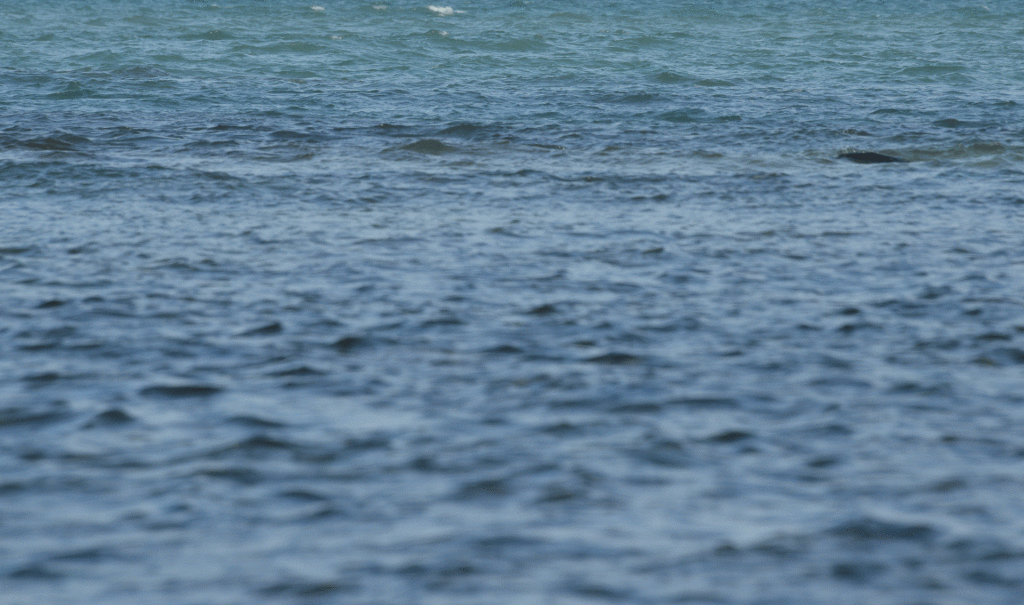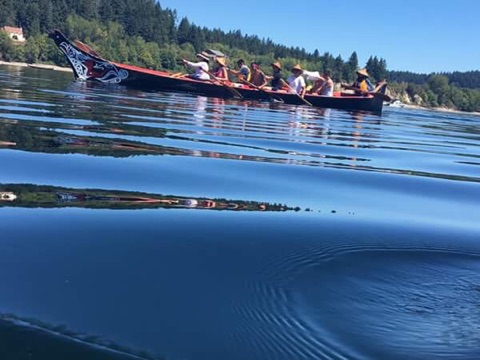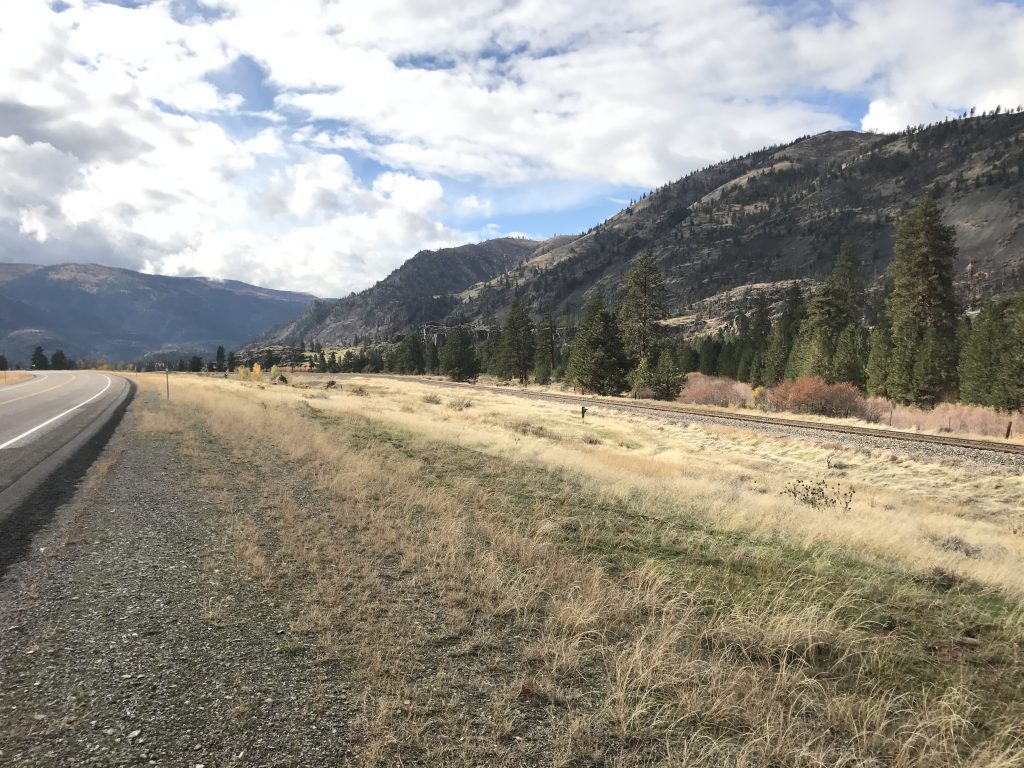News & Events
November 1, 2013
IWRI-NCoE Speaker Series: Rihi Te Nana and Leonie Pihama
 Traditional Māori ways of childrearing taught that raising children was the responsibility of the entire community. Children were raised with gentleness and love, and encouraged to be children. In their August 20 presentation at the UW, Māori researchers Rihi Te Nana and Leonie Pihama, PhD, called upon the beloved New Zealand flax bush to symbolize the family bonds and community engagement of traditional aspects of childrearing.
Traditional Māori ways of childrearing taught that raising children was the responsibility of the entire community. Children were raised with gentleness and love, and encouraged to be children. In their August 20 presentation at the UW, Māori researchers Rihi Te Nana and Leonie Pihama, PhD, called upon the beloved New Zealand flax bush to symbolize the family bonds and community engagement of traditional aspects of childrearing.
The speakers presented an overview of the Indigenous research project “Tiakina Te Pā Harakeke,” which focuses upon traditional Māori knowledge and protocols as models of Indigenous child-rearing practice. “Te Pā Harakeke” refers to the flax bush–a traditional plant symbolizing well-being and ways of being within the context of an extended family (whanau). The project provides access to the wisdom and approaches of a diverse range of people who are steeped in traditional Māori knowledge and child-rearing practices. A key objective of the project is to provide information and evidence-based knowledge to Māori communities that helps to identify, learn and practice positive, cultural approaches to child-rearing as practiced by our ancestors.
 Rihi Te Nana is the Māori Development Leader for the counseling and social service agency Relationships Aotearoa (the largest counseling and education non-governmental organization in New Zealand). She is an experienced therapist who has been working alongside Māori whanau (family), hapu (familial tribes) and iwi (tribe) to develop and strengthen tikanga (customary) practices of health and well-being.
Rihi Te Nana is the Māori Development Leader for the counseling and social service agency Relationships Aotearoa (the largest counseling and education non-governmental organization in New Zealand). She is an experienced therapist who has been working alongside Māori whanau (family), hapu (familial tribes) and iwi (tribe) to develop and strengthen tikanga (customary) practices of health and well-being.
 Leonie Pihama, PhD, is associate professor and Director of Te Mata Punenga o Te Kotahi Research Institute at the University of Waikato. She is also Research Director for Māori and Indigenous Analysis, Ltd. Dr Pihama (Te Atiawa, Ngā Māhanga ā Tairi, Ngāti Māhanga) is the mother of six children and has one grandchild.
Leonie Pihama, PhD, is associate professor and Director of Te Mata Punenga o Te Kotahi Research Institute at the University of Waikato. She is also Research Director for Māori and Indigenous Analysis, Ltd. Dr Pihama (Te Atiawa, Ngā Māhanga ā Tairi, Ngāti Māhanga) is the mother of six children and has one grandchild.
Māori language or Te Reo Māori is the language spoken by the Māori people of New Zealand or Aotearoa. The language is rich in history and tradition, vital, and a centerpiece to cultural revitalization among the Māori in Aotearoa. Below are some commonly used Māori words with brief descriptions of their uses.
Aotearoa
- Māori name for New Zealand. Literally, the land of the long white cloud
Hui
- To gather, congregate, assemble, meet. Assembly, meeting, conference.
Wānanga
- To meet and discuss. Used as a qualitative research methodology.
Kia Ora
- informal greeting to one person
Tangata Whenua
- Indigenous people. Literally, people of the land.
Mokopuna
- Grandchild or grandchildren.
- It communicates the relationship between grandchildren and their ancestors. Literally, a representation of a water spring or well.
Tamariki
- Children, offspring
Tūpuna
- Ancestors, grandparents




